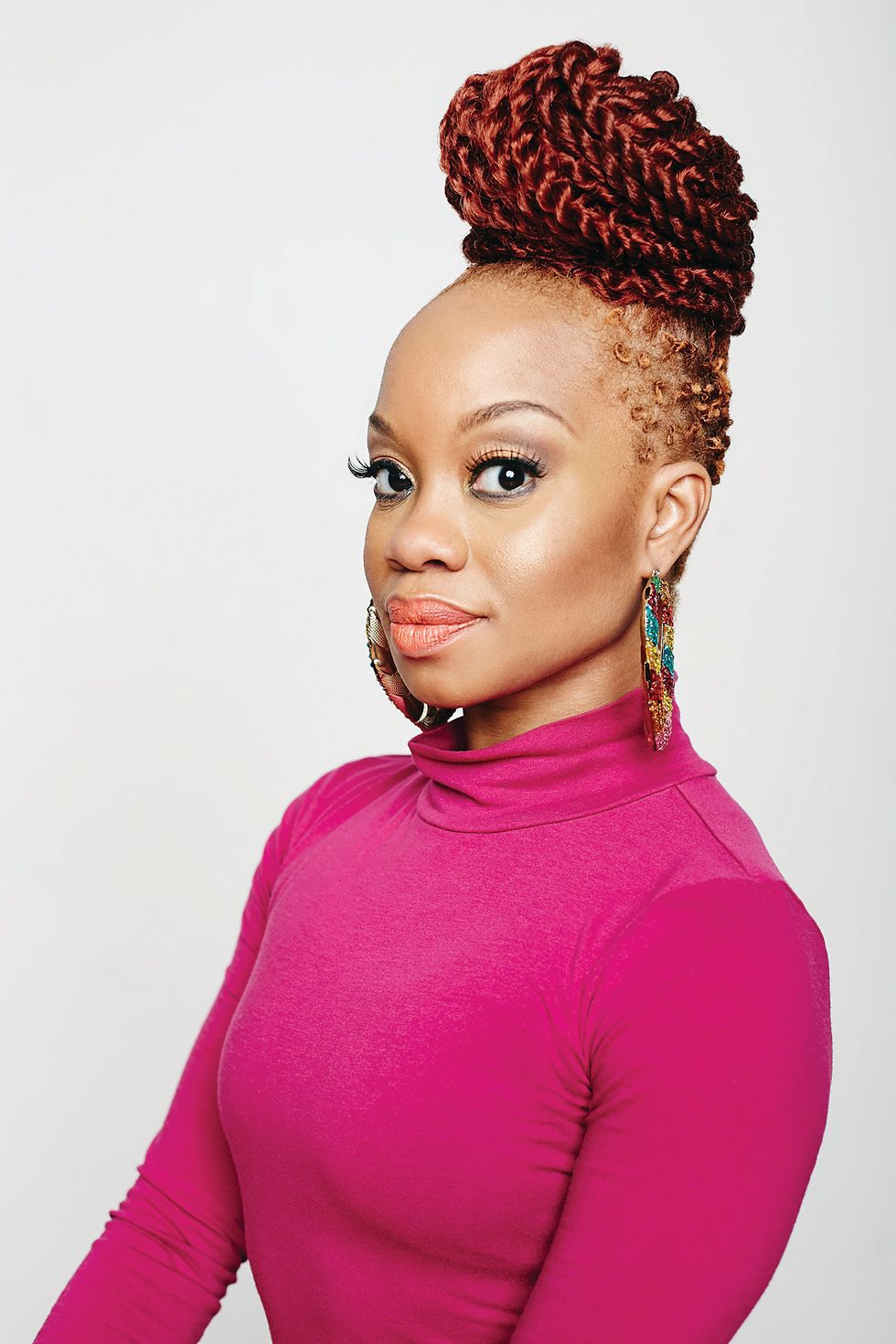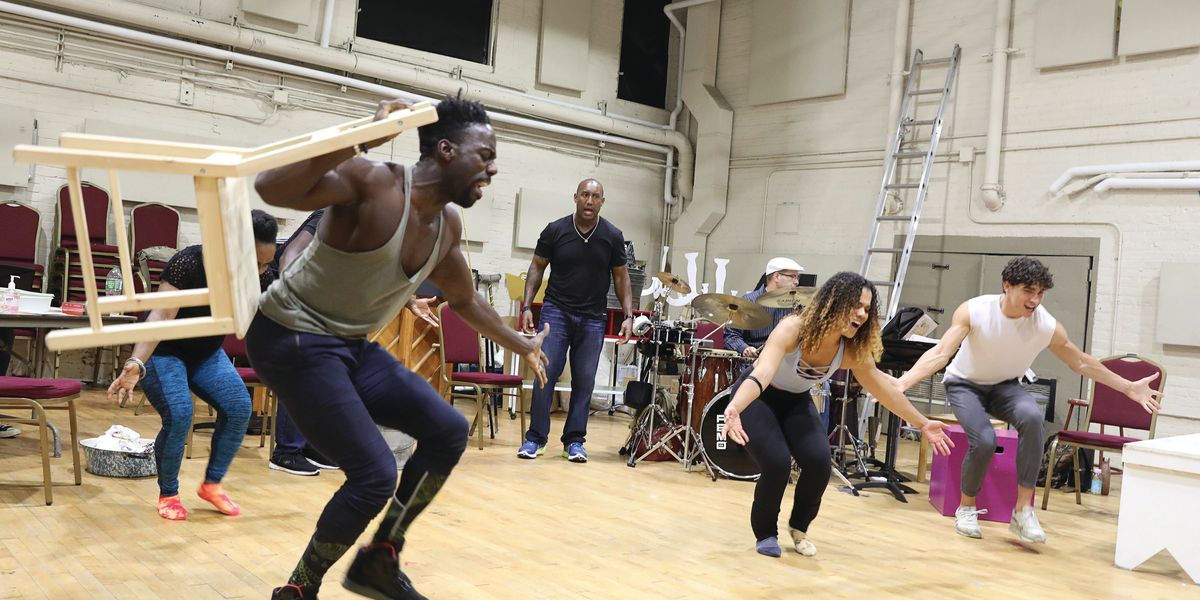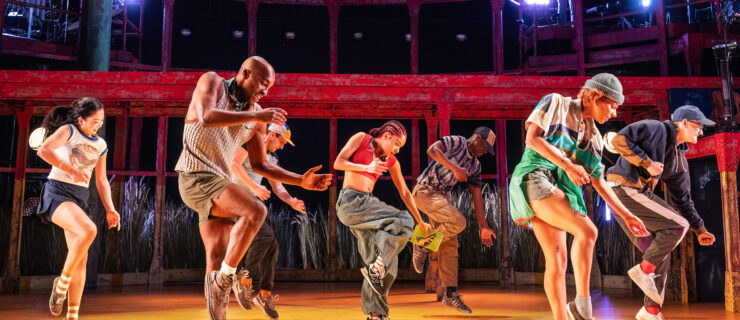Camille A. Brown Choreographs Once On This Island, Her First Broadway Musical
“Should I watch it to get a sense of what happened, or should I go with my own vision and understanding of the culture?” That’s what choreographer Camille A. Brown was wondering in June, when she started work on the Broadway revival of the Antilles-themed musical Once on This Island.
The 1990 show, directed originally by Graciela Daniele and this time around by Michael Arden, starts previews in November at the Circle in the Square. It’s by Tony winners Lynn Ahrens and Stephen Flaherty, who set it on a fanciful French West Indies isle with a rigid hierarchy separating the uppity landowners from the poor villagers and a quartet of island gods who meddle in a forbidden cross-community romance.
Like so many non-Judeo-Christian gods, these deities dance a lot, and so, for that matter, do the rich folks and the peasants. There’s so much dancing on this island that Brown watched just one production number—on YouTube, from the 1991 Tony Awards.
“I decided it was enough,” she says, “and now I can focus on what my voice is going to look like.” She wants that look to be authentic, and she’s confident it will be. Brown has been working with Maxine Montilus, her “Haitian folkloric Afro-Cuban tutor,” on island traditions like djouba and orisha. She’s been familiar with their roots since growing up in New York City, where she studied African dance. “It’s important for me to put my own voice in it,” she says, “but I want to stay true to what it is, too.”
At first glance, a Caribbean fantasy wouldn’t seem a good fit for someone whose stock in trade is creating tough, streetwise women—they populate Brown’s acclaimed concert work for her own company and others, like Alvin Ailey American Dance Theater and Philadanco.

Camille A. Brown; PC Whitney Browne. Courtesy Boneau/Bryan-Brown
But she doesn’t see this show as a departure. She has more “wiggle room” in concert dance but says, “I love telling stories, and I truly believe that dance in musical theater tells the story and moves the journey forward, regardless of whether it’s based on truth or fantasy.”
Though her theater resumé consists mostly of plays and chamber musicals with no dance ensembles, she says she likes working with singing actors. “I approach them the way I approach my dancers. I look at my dancers as actors. They do more than just move in space—they’re actually telling stories and becoming these characters. I like generating information from their choices. For actors, it’s all about making choices, so I really enjoy my time with them.”
Alongside her other work, Brown is combining her three most recent concert pieces, Mr. TOL E. RAncE, BLACK GIRL: Linguistic Play and ink, into an untitled musical of her own. She caught her love of the genre from her mother in childhood, and creating one has been on her to-do list for “a very long time.” She wants “to shift eventually into becoming a director/choreographer,” she says, because musicals are driven by the art form she loves, and “I’d get to be the captain of the ship.”




